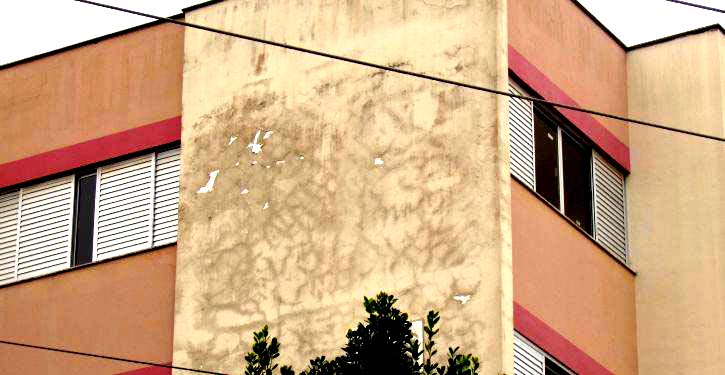Based on ISO standards 14040 (Life Cycle Assessment. Principles and Structure) e 14044 (Life Cycle Assessment. Requirements and Guidelines), should follow the following four steps:
1- Purpose and scope of the study period:
At this stage the team involved in the project should determine the objectives of the evaluation of the life cycle investigating the environmental impacts of each of the systems and building processes.
2- Analysis of inventory:
Step to collect data on the materials and their effects on the environment, for example, acidification (acid rain), excess nutrients in the water, forest degradation, desertification, etc. This information can be found in databases (research laboratories and institutes for example) and the computational tools (specific software).
3- Assessment of impacts:
This process is characterized by rating, Description, normalization, grouping and weighting and finally interpretation of the data collected in the overall process of operation in phased manner throughout the proposed period of life of the building.
4- Interpretation:
This is the conclusion of this process with assessment for decision making regarding the products, suppliers and the best way to operation and maintenance of the building.
Source: https://www.blogdaliga.com.br/4-etapas-da-avaliacao-do-cic…/



